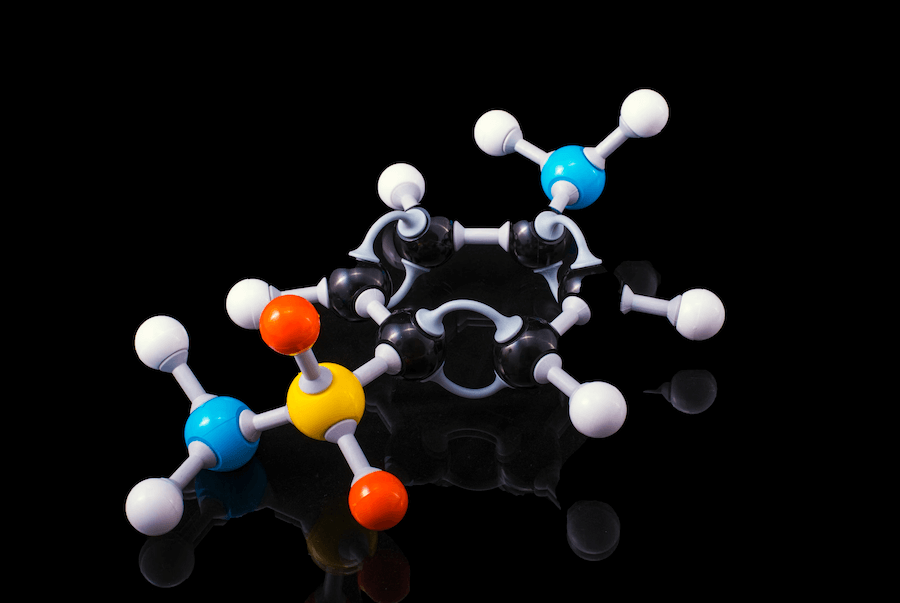What is the valency of sulphur?
While this is a commonly asked question, it appears to lack a complete and solid answer.
Let’s take a crack at answering what the valency of sulphur is and what it means for chemical compounds.
We will also discuss some of the most common applications of sulphur compounds in the industry.
The valency of sulphur is 6.

Explain It To A Child
Sulfur has the ability to form six chemical bonds with other atoms. This makes it a very reactive element and explains why it is found in such large concentrations in nature.
In other words, sulfur has the ability to form six chemical bonds with other atoms. This makes it a very reactive element and explains why it’s found in such large concentrations in nature (e.g. in volcanic areas).
Sulfur also has a distinctive smell, which is due to the sulfur-containing molecules that are released into the air.
What is the valency of sulphur and why is it important?
Sulphur is a key component of many important molecules, including proteins, DNA, and enzymes.
The valency of sulphur is 6. This means that it can form bonds with up to six other atoms.
It plays a role in the process of photosynthesis and helps to protect plants from disease. In the human body, sulphur is necessary for the synthesis of vitamins and hormones.
It also plays a role in detoxification and the production of energy. Therefore, sulphur is an essential element for life on Earth. without it, many important processes would not be possible.
What are some of the most common applications of sulphur compounds in the industry?
Sulphur compounds are some of the most important chemicals used in industry.
They are used in a wide variety of applications, including the production of fertilizers, plastics, and dyes.
Sulphur is also an important ingredient in the manufacture of gunpowder and other explosives.
In addition, sulphur compounds are used in the process of vulcanization, which is essential for the production of rubber products.
How does the valency of sulphur affect chemical compounds?

The valency of sulphur affects the chemical stability of compounds.
For example, compounds with a high valency are more likely to be unstable and reactive.
On the other hand, compounds with a low valency are more likely to be stable and inert.
This is because high-valency compounds have more electrons in their outermost energy level, which makes them more reactive. Low-valency compounds have fewer electrons in their outermost energy level, which makes them less reactive.
The valency of sulphur also affects the solubility of compounds.
Compounds with a high valency are more likely to be soluble in water, while compounds with a low valency are more likely to be insoluble in water.
This is because high-valency compounds have a higher affinity for water molecules than low-valency compounds.
What are some interesting facts about sulphur that you may not know already?
Most people know sulphur as a yellow substance that smells bad, but there are actually a lot of interesting facts about this element that many people don’t know.
For example, did you know that sulphur is actually more common in the universe than iron? It’s true!
In fact, sulphur is the 10th most abundant element in the universe.
Sulphur is also an important element for life on Earth. It’s a key component of amino acids, which are the building blocks of proteins.
So, without sulphur, we wouldn’t be here!
Finally, sulphur has some interesting uses beyond just being an element on the periodic table.
- For instance, it’s used in black powder, which is used in fireworks and guns.
- It’s also used to make rubber and other materials more flexible.
So, next time you see sulphur, don’t just think of it as a smelly substance – think of it as one of the most important and interesting elements in the universe!
How can you tell if a compound contains sulfur atoms?

Sulfur is a nonmetallic element that is found in many compounds. It is recognizable by its distinct smell, and it often has a yellowish color.
Sulfur atoms are relatively large, and they have six electrons in their outermost energy level.
This gives sulfur a number of unique properties. For example, sulfur is soluble in carbon disulfide but insoluble in water.
Additionally, compounds that contain sulfur often have higher melting and boiling points than similar compounds that do not contain sulfur.
As a result, sulfur plays an important role in a variety of industrial processes.
What do different valencies of sulfur mean for chemical reactions and bonding processes?”
Sulfur is a versatile element, capable of forming compounds with a wide range of valencies.
The most common valencies for sulfur are +2, +4, and +6, but they can also form compounds with valencies of +1, +3, and +5.
Each of these valencies confers different properties to sulfur-containing compounds.
Compounds with a +2 valency are generally more stable and less reactive than those with a +1 or +3 valency.
This is due to the fact that compounds with a +2 valency have complete shells of electrons, making them less likely to undergo chemical reactions.
Compounds with a +4 or +6 valency are more reactive than those with a +2 valency, as they have incomplete electron shells.
This makes them more prone to chemical reactions, but also means that they can form stronger bonds with other atoms.
Ultimately, the different valencies of sulfur give it a wide range of potential applications in the chemical and materials sciences.
The valency of sulphur is an important concept in chemistry, as it affects the reactivity and solubility of compounds.
Compounds with a high valency are more reactive and more likely to be soluble in water, while those with a low valency are less reactive and more likely to be insoluble in water.
Article Sources
Jacks of Science sources the most authoritative, trustworthy, and highly recognized institutions for our article research. Learn more about our Editorial Teams process and diligence in verifying the accuracy of every article we publish.
